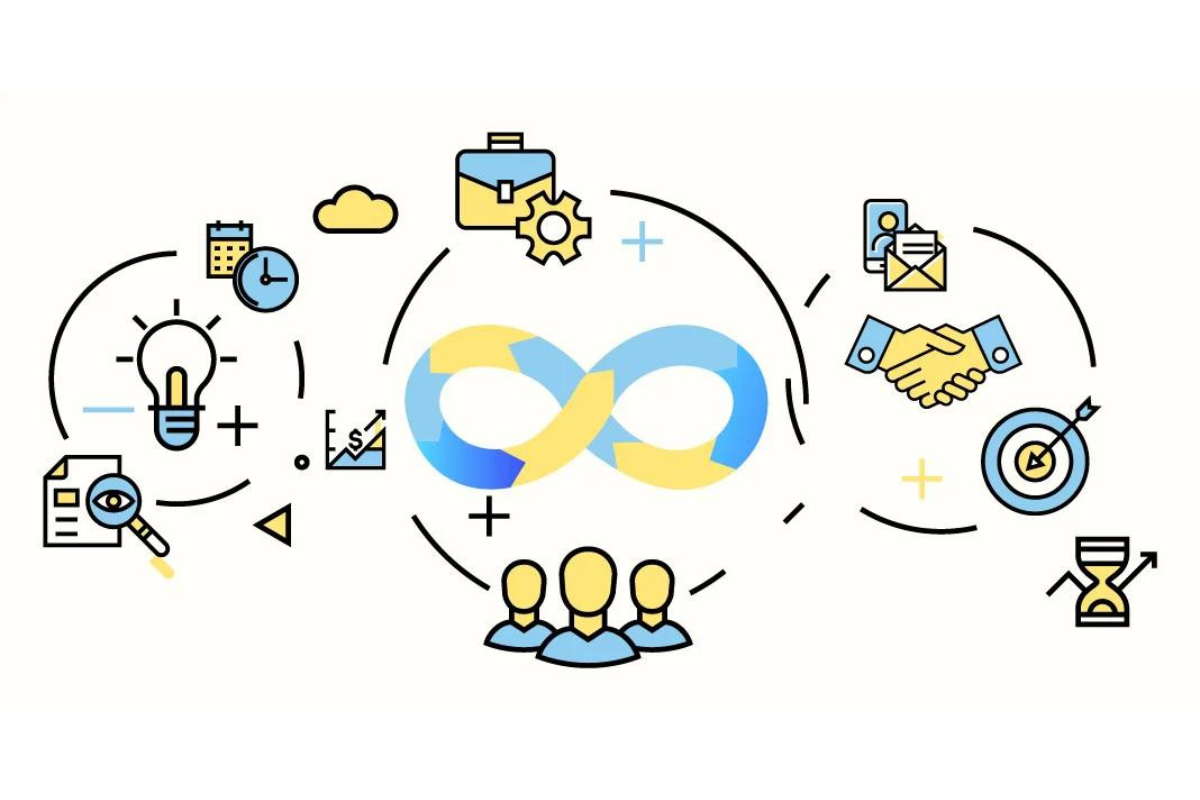Salesforce GDPR: Capsulate the Data
In our modern era, where information is increasingly valuable, safeguarding data has become a critical priority. Consequently, the implementation of the General Data Protection Regulation (GDPR) has prompted organizations worldwide to reassess their data management practices, ensuring they align with regulatory requirements and respect individuals’ right to privacy.
For businesses utilizing Salesforce, a robust Customer Relationship Management (CRM) platform, achieving GDPR compliance is not only a legal necessity but also a strategic imperative. Therefore, data encapsulation emerges as a fundamental strategy among the array of tactics employed to enhance data security within Salesforce. In this discussion, we’ll delve into the complexities of Salesforce GDPR compliance, and underscore the significance of data encapsulation in preserving organizational integrity.
.

Data Encapsulation
Data encapsulation, also known as data masking or pseudonymization, is a sophisticated technique used to hide sensitive information within the Salesforce ecosystem. By transforming personal data into masked or anonymized versions, organizations reduce the risk of unauthorized access or misuse while still maintaining the usability of the data.
The Importance of Data Encapsulation in Salesforce GDPR Compliance
- Legal Compliance: The GDPR mandates strict measures for protecting personal data, requiring organizations to carefully follow privacy principles. Data encapsulation helps organizations meet these regulatory requirements, reducing the risk of non-compliance and potential penalties.
- Risk Mitigation: Increasing cyber threats and data breaches, enhancing data security is crucial. Data encapsulation acts as a barrier against unauthorized access or manipulation of data, thereby safeguarding the organization’s resilience.
- Preserving Customer Trust: A key aspect of data encapsulation is maintaining customer trust. By demonstrating a commitment to data privacy and confidentiality, organizations build loyalty and goodwill among their customers, fostering long-lasting relationships built on mutual respect and transparency.
- Operational Efficiency: Contrary to common misconceptions, data encapsulation actually improves organizational workflows. By implementing access controls and encryption protocols within Salesforce, businesses not only enhance data security but also streamline operations.
Implementing Data Encapsulation in Salesforce
- Comprehensive Assessment: Start by conducting a thorough evaluation of the data landscape within Salesforce, identifying which types of data require encapsulation.
- Adoption of Best Practices: Utilize a variety of approaches to data encapsulation, including field-level encryption, masking techniques, and anonymization protocols, tailored to the organization’s needs.
- Strategic Access Controls: Establish strong access controls within Salesforce, assigning permissions and privileges based on hierarchical roles and responsibilities.
- Ongoing Monitoring and Review: Maintain the integrity of data encapsulation efforts through continuous monitoring and regular audits, identifying vulnerabilities and strengthening defenses proactively.
Advanced Techniques in Data Encapsulation
- Tokenization: Tokenization is another advanced technique used to enhance data security within Salesforce. It involves replacing sensitive data with a non-sensitive equivalent, known as a token.
- Dynamic Data Masking: Dynamic data masking is a real-time data protection technique that selectively obscures sensitive information based on predefined rules and user privileges.
Challenges and Considerations
- Data Residency and Sovereignty: Ensuring compliance with data residency and sovereignty regulations presents a significant challenge for organizations implementing data encapsulation within Salesforce. These regulations dictate where data can be stored and processed, often requiring organizations to adhere to specific geographical boundaries. For multinational companies or those operating in regions with stringent data protection laws, navigating these regulations can be complex and time-consuming. Organizations must carefully evaluate data residency requirements and implement mechanisms within Salesforce to ensure that data is stored and processed in compliance with applicable regulations. Failure to do so can result in legal repercussions, fines, or reputational damage.
- Data Lifecycle Management: To ensure effective data encapsulation in Salesforce, it’s crucial to carefully manage data from creation to deletion. This involves setting clear rules on how data is collected, stored, accessed, and removed. Organizations need to define how long data should be kept based on rules and permissions. Additionally, they must securely delete or anonymize unnecessary data to prevent unauthorized access or breaches. Good data lifecycle management ensures data encapsulation meets regulations.
Future Trends and Innovations
- AI-Powered Data Protection: As artificial intelligence (AI) technologies continue to evolve, organizations are exploring new ways to leverage AI for data protection within Salesforce. AI-powered solutions can analyze vast amounts of data in real-time, detecting patterns and anomalies indicative of potential security threats. By deploying AI algorithms, organizations can enhance threat detection capabilities, preemptively identifying and mitigating security breaches before they escalate. Moreover, AI-driven data protection offers adaptive defenses, continuously learning from new data and evolving threats to bolster resilience against emerging cyber risks.
- Blockchain Integration: Blockchain technology holds promise for enhancing data security and transparency within Salesforce. By leveraging blockchain’s decentralized and immutable ledger, organizations can establish a tamper-proof record of data transactions, ensuring data integrity and auditability. Blockchain integration facilitates secure and transparent data sharing among disparate parties, fostering trust and collaboration in multi-party ecosystems. Additionally, blockchain enables cryptographic verification of data provenance, allowing organizations to trace the origin and lineage of data assets, thereby enhancing data governance and compliance efforts.
Conclusion
Navigating Salesforce GDPR compliance requires a solid understanding of data encapsulation’s role in bolstering organizational resilience. By prioritizing data security and adhering to privacy principles, businesses not only mitigate regulatory risks but also gain a competitive edge in today’s discerning marketplace. Embracing data encapsulation reflects a commitment to integrity, trust, and excellence, essential qualities for organizations entrusted with sensitive information. Furthermore, with advanced techniques and emerging trends, organizations can further strengthen their data security posture within the Salesforce ecosystem, ensuring ongoing compliance and protection of customer data.








